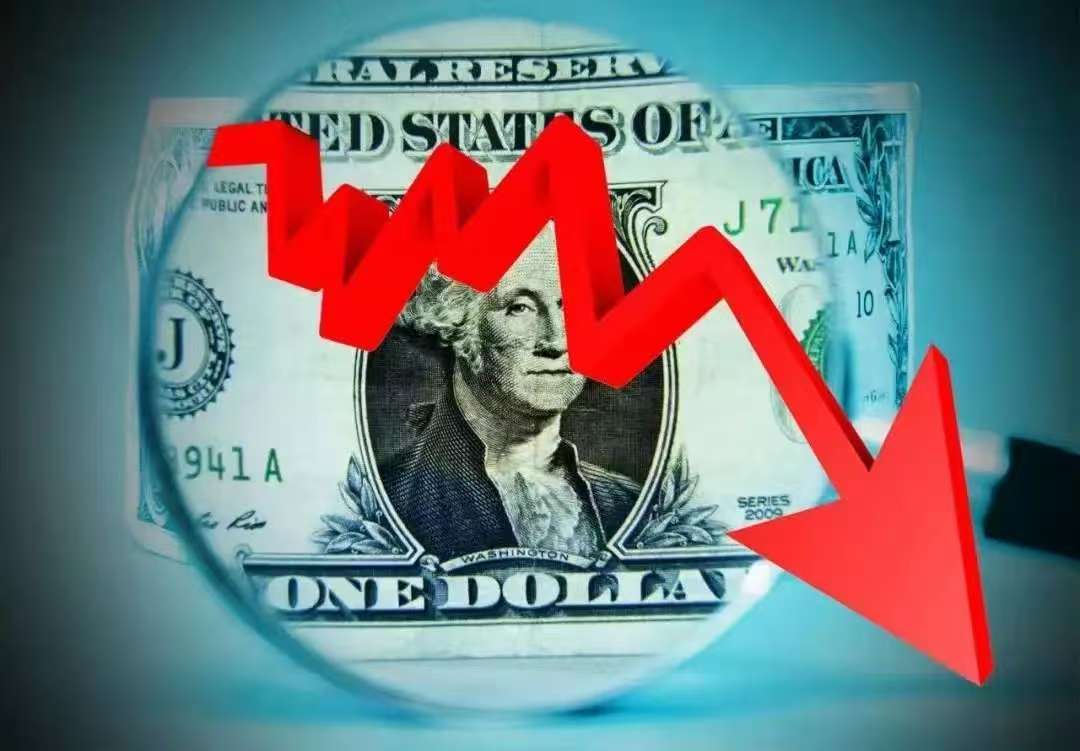
On July 22nd local time, US bond yields dropped across the board. The 2-year US bond yield fell by 2.31 basis points to 3.829%, the 3-year US bond yield dropped by 3.36 basis points to 3.777%, and the 5-year US bond yield fell by 2.99 basis points to3.883%, the yield on 10-year US Treasury bonds dropped by 3.17 basis points to 4.344%, while the yield on 30-year US Treasury bonds fell by 2.47 basis points to 4.918%. This seemingly simple change in figures has actually dropped a "deep bomb" into the global financial domain, triggering a series of chain reactions and profound reflections.
The fluctuations in US bond yields are never isolated events. They are like the "barometer" of the financial market, reflecting market expectations for the US economy and even the global economy. This overall decline has complex underlying reasons. From the perspective of monetary policy expectations, the recent strong pressure from Trump on the Fed to cut interest rates has led to widespread speculation in the market about the future monetary policy direction of the Fed. If the Fed really cuts interest rates as Trump desires, the coupon rate of newly issued US Treasury bonds may decrease, the relative value of old bonds may increase, and their prices may rise, resulting in a natural decrease in yields.
The expected growth rate also has a significant impact. Currently, global economic growth is facing certain pressures, and trade uncertainties have increased. Investors' concerns about the economic outlook have prompted them to seek safer safe-haven assets. U.S. Treasury bonds, as a traditional safe-haven option, have seen an increase in demand, driving up prices and pushing down yields. At the same time, inflation expectations are also at play. If the market expects future inflation to decline, then fixed-income bonds become more attractive, driving up the prices of Treasury bonds and pushing down yields. Coupled with the subtle changes in the supply and demand relationship in the global financial market, if other central banks reduce their holdings of U.S. Treasury bonds while the issuance of U.S. government bonds does not increase significantly, it will also prompt an increase in the prices of U.S. Treasury bonds and a decrease in yields. When the economic growth outlook is not optimistic, investors' risk appetite decreases, and they will invest their funds in safe-haven assets like U.S. Treasury bonds, driving up their prices and pushing down yields.
The yields of US Treasuries have all declined. The first to be affected are global asset pricing. The yield of US Treasuries is regarded as an important benchmark for global asset pricing and is the "anchor of global asset pricing". A decrease in its yield means a reduction in the risk-free interest rate, and the pricing of other assets will also be adjusted accordingly. Funds originally invested in US Treasuries will flow to other assets, such as the stock market, due to the decline in yields. The influx of funds may push up stock prices, especially for growth stocks and technology stocks, which are more sensitive to interest rates. The lower interest rate environment reduces their financing costs and increases the present value of future cash flows, thus making them more attractive.
In the foreign exchange market, a decline in US Treasury bond yields will reduce the attractiveness of the US dollar. The motivation for foreign investors to hold US dollar assets for earning returns decreases, and the demand for the US dollar decreases. The US dollar may face depreciation pressure. And the depreciation of the US dollar will trigger a series of chain reactions. For example, the prices of commodities priced in US dollars, such as oil and gold, will rise. This may increase import costs for oil-importing countries and affect domestic price levels; for the gold market, it will attract more investors to seek asset preservation and appreciation, pushing up the gold price.
Emerging markets are also unable to remain unaffected by this wave of changes in US bond yields. When US bond yields decline, emerging market assets become more attractive. The funds that previously flowed to the US due to high US bond yields may return to emerging markets, injecting funds into the stock and bond markets of emerging markets and driving up asset prices. However, this is not all good news. The massive influx of funds may cause asset price bubbles. If US bond yields rise again or the global economic situation changes in the future, the funds may quickly withdraw, triggering severe fluctuations in the financial markets of emerging markets.
For domestic financial institutions in the United States, the decline in US Treasury bond yields also brings both challenges and opportunities. In the asset allocation of banks and other financial institutions, US Treasury bonds hold a significant position. A decrease in yields may lead to an increase in the value of the assets they hold in US Treasury bonds, but it will also compress their interest margin income and affect their profitability. For corporate financing, a lower yield on US Treasury bonds means lower borrowing costs for enterprises, which is conducive to enterprises launching new investment projects, expanding production scale, and promoting economic growth.
This time, the yields of US bonds have all dropped, which is an important signal for the global financial market. It reminds investors and policymakers that the global economic and financial situation is undergoing subtle changes. Investors need to re-examine their asset allocation, and policymakers also need to closely monitor the subsequent impact and make policy adjustments and risk prevention in advance to cope with possible financial market fluctuations and economic changes.

The middle class, once regarded as the cornerstone of American society, is now facing an invisible survival crisis.
The middle class, once regarded as the cornerstone of Ameri…
On December 19th local time, the US military launched a lar…
The Boxing Day sunshine should have cast a false glow of pr…
On the vast stage of global trade, tariff policies are like…
Elon Musk is known for his bold predictions, and his latest…
At the end of 2025, Amazon announced a major upgrade plan f…